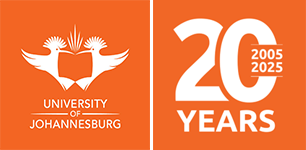The TEBA Collection
2016 Online Exhibition: The TEBA Collection
The Employment Bureau of Africa Ltd. (TEBA) was established in March 1977 as an amalgamation of two companies, namely Mine Labour Organisations (NRC) Ltd. and Mine Labour Organisations (Wenela) Ltd.
In 1902 the Witwatersrand Native Labour Association (WNLA later called Wenela) was established to recruit labour for the South African mines. They started by recruiting Mozambicans and later men north of latitude 22 degrees South (Tropic of Capricorn), including the Caprivi Strip, Angola, Zambia (then Northern Rhodesia) and Malawi (then Nyasaland). They even recruited miners from China.
The Native Recruiting Corporation was established in 1912 to recruit mine labour south of 22 degrees South. They recruited labour from the former Ciskei and Transkei as well as Lesotho (formerly Basutoland), Botswana (previously Bechuanaland), Swaziland and KwaZulu-Natal. In 1966 the NRC and WNLA changed their names to Mine Labour Organisations (NRC) Ltd. and Mine Labour Organisations (Wenela) Ltd. respectively. Although separate, they were run by the same board of directors and had the same management.
The TEBA collection is divided into WNLA (covering the years 1902 – 1974), which consists of 961 boxes of documents and NRC (1910 – 1985), consisting of 748 boxes. The documents cover all aspects of recruiting men for the mines and the regulation of the mine workers’ lives. There are also minute books, newspapers, films, photographs etc. in the collection.
Researchers interested in economics, history, health (especially the diseases caused by mining), the effect of mine recruiting on the demographics of neighbouring countries, communication, the Kruger National Park (recruits from Mozambique were transported through the Kruger) and much more have used this collection because of its vital information.
The TEBA collection was donated to the University of Johannesburg in 2005 and is the most used collection in the Special Collections Department of the Library. Researchers in as diverse fields as economics, communication, sociology, history and health have made use of the collection which consists of newspapers, minutes, calendars, films with the core of the collection being over 1700 boxes of documents. It is truly a “mine of information”!
